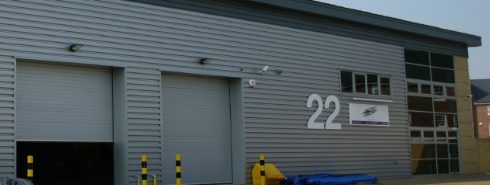
Every Fulfilment Warehouse
feels the pressure to improve efficiency and service, and to streamline
operations as much as possible. Often when it is time to expand
operations, managers begin to consider bringing in a LMS to help them
keep track of the performance and statistics of larger numbers of
warehouse workers without adding more managers.
At what point does a Fulfilment Warehouse need a LMS?
The first sign that you may need to automate your labour management more
extensively is that you have trouble keeping tabs on your workers
individually. A LMS lets you define the metrics most important to your
fulfilment warehouse or other facility, and which are most central to
your own management philosophy. It can them put that information at your
fingertips, either on a department or individual employee level.Many fulfilment warehousing or merchants who support their own distribution centres look to LMSs when they take their first steps into omnichannel marketing or ecommerce. It just becomes too expensive, in terms of time and wages, to track performance data manually. The LMS then frees up the manager’s time for strategic and direct personnel management.
How can Fulfilment Warehouse managers take best advantage of a new LMS?
Much depends on the size of your operation, and the extent of automation
you need. Ease of implementation is by far the most important
consideration, though. An extensive LMS involves a massive paradigm
shift for even a small operation.Many merchants instead opt to hand their entire fulfilment warehouse function over to a 3PL or fulfilment partner who has an established LMS already operating, and who can easily link it to the merchant’s own systems. Often, the expertise they bring to the table is worth as much, or more, than the reduced price per order most offer.






